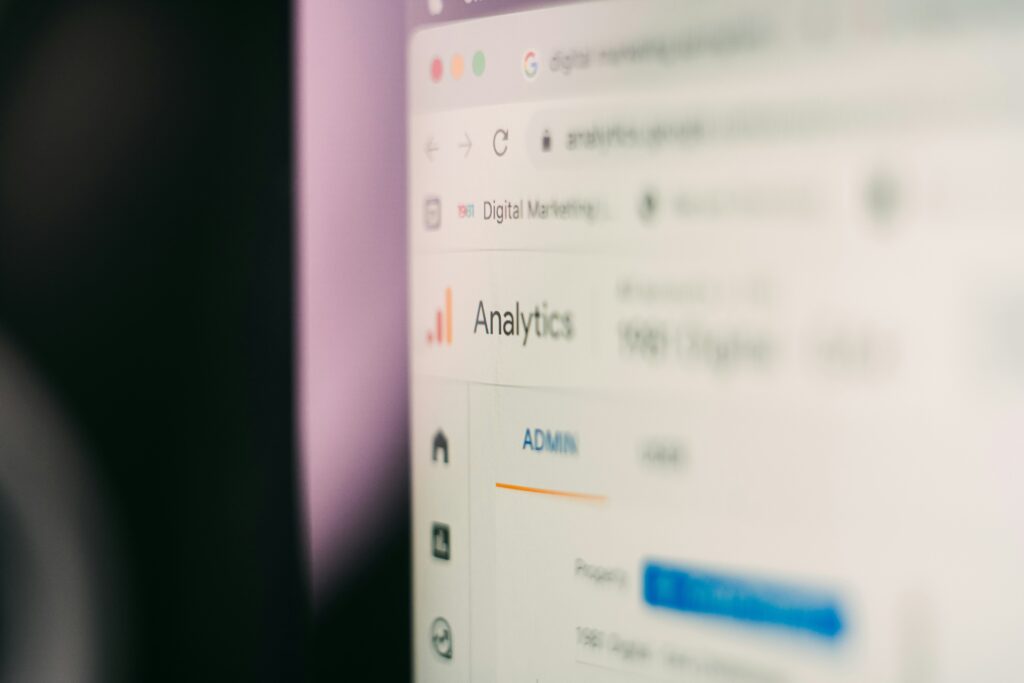It goes without saying that emergencies will continue to happen, and first responders will need to evolve to meet new response needs or challenges. With the rise in population and urbanization, imperfect technologies and changes in weather from climate change first responders must review how telematics technologies can help.
How a Rise in Population and Urbanization Can Increase Emergencies
With an ever-increasing population, urbanization is in fact causing issues that result in an increased number of emergencies. With higher population density, there is an increased risk of emergency as there are simply more people at risk. This is specific to there being more individuals per unit area.
With a higher population comes more vehicles on the road which can lead to increased congestion, speeding infractions and even more pedestrians who could be involved with a vehicle accident. An increasing population also requires more housing and infrastructure, which could result in not only more at-home emergencies, but homes being placed in unlikely locations like flood-prone areas as well as more illegal activity.
Additionally, with more urbanization comes more construction. Whether it is new-builds or repairing current infrastructure, those working on the projects are at risk. All of which result in more emergency responders required to meet the demand of assistance.
How Imperfect Technologies Are Risking Public Safety Until Perfected
Unlike climate change and rising populations, which is hard to control, the technology that humans create will become a safety risk for them. A rise in Electric Vehicles (EV) and Artificial Intelligence (AI) may be a great advancement, but until it’s perfected, countless accidents can result. Not only can artificial intelligence in the form of driverless vehicles fail to drive safely, but electric vehicles can cause road and traffic disruptions which can also cause a potential for road accidents if the battery source glitches and drains on long trips.
As time passes, AI and EV transportation will improve and become safer, but until there is more trust in the advancements, accidents are still possible and could happen due to errors and malfunctions.
How Climate Change Will Affect First Responders
Climate change will bring a rise in natural disasters and severe weather. It is noted that over the last 30 years, the number of disasters related to climate change has tripled. Proving that the way of life many of us are accustomed to in regards to releasing greenhouse gases by burning fossil fuels and producing carbon dioxide needs to be addressed as the greenhouse effect is making the earth warmer. As a result, it is already noticed that seasonal temperatures are in flux, ocean surface temperatures are warming to increase wind speeds in tropical storms, sea levels are increasing, waves or current strengths are stronger and much more.
Whether it’s wildfires, floods or heavy rainfall, there is a rise of climate and weather-related emergencies requiring first responders and new technologies must be leveraged to respond.
How First Responders Can Prepare their Fleet for the Future
As emergencies continue to evolve, it’s important for first responders to take advantage of the telematics solutions that are available for improving fleet management and leveraging telematics. Below is a quick checklist of the solutions fleet responders will need to keep up with and continue to help the public.
Strong communication solutions
Having communication tools that are reliable is important for teams to have so dispatchers can guide drivers through their tasks to prevent any mistakes. Not only does this include assigning them to new scenes or calls, but ensuring new responders have the right information before arriving on scene. Such communication solutions are typically already built into dispatching solutions like ZenduOne – Work, however if advanced solutions are not yet leveraged, there are many live in-vehicle verbal driver feedback tools.
Advanced and versatile asset tracking tools
GPS trackers are changing and now have the ability to give updates on the asset’s location every second. This gives dispatchers the ability to not only monitor the location of teams and drivers but live tracking also ensures that teams have the right equipment with them as BLE beacons like the durable ZenBeacon BLE tracker can track items like defibrillators or hydraulic rescue tools.
Solutions that avoid inefficient procedures and processes
Within every fleet, there are various procedures or tasks that can be automated or digitalized. When digitalization of these tasks are not yet in place, often it is because the fleet is not yet aware of how there is a technology readily available to help save them time and money.
- Electronic Logging Devices (ELDs) can help in tracking Hours of Service (HOS) instead of doing it manually with paper logs
- Keyless Entry solutions can allow for keyless entry of all vehicles to ensure organization and quick vehicle exchange among drivers or teams
- Digital form solutions like ZenduForm can be used to automatically document both vehicle status and questions related to the dispatch or scene from tablet or mobile devices so information is submitted immediately
Connected digital maintenance solutions
Having a maintenance system in place that monitors your fleet use against maintenance best practices is critical. Not only will the solution monitor when scheduled maintenance should take place but work orders can be seamlessly connected so breakdowns are reduced. When using a digital maintenance solution, fleets should always look for all inclusive solutions like ZenduMA that does anything and everything related to fleet maintenance, including intelligent reporting!
Proper training solutions
First responders must be prepared and well trained to take on these challenges by using a customizable training solution. ZenduLearn, a best-in-industry digital learning platform can help with creating courses for first responders to learn how to prepare better for the future, what to expect while on call, and how to learn new tools or processes so when a potential emergency occurs, they are prepared. Lessons can even be customized to fit unique location or industry needs.
The pressure and stress that lies on first responders can seem like a lot, especially with changing environments and scenarios. However, using the right telematics solution can help teams better prepare so they are confident when they are dispatched to a scene. While there we various solutions and tips mentioned within this article, it’s important for fleets to first evaluate what solutions they have in place and how they can improve. Contact us today to speak with an expert who can help with this and suggest what next steps you may need to take next.








































